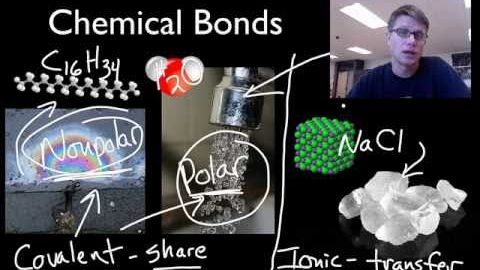
Subtitles & vocabulary
Chemical Bonds: Covalent vs. Ionic
00
Wayne Lin posted on 2015/07/14Save
Video vocabulary
set
US /sɛt/
・
UK /set/
- Adjective
- Prepared for something; ready
- Fixed; not able to be changed.
- Transitive Verb
- To make a clock state or ring at a particular time
- To decide upon or choose something
A1TOEIC
More fuel
US /ˈfjuəl/
・
UK /'fju:əl/
- Transitive Verb
- To give power to (a mob, anger, etc.); incite
- To provide gas or petrol for something
- Uncountable Noun
- Material used to produce heat or power when burned
A2TOEIC
More bond
US /bɑnd/
・
UK /bɒnd/
- Noun (Countable/Uncountable)
- Rope, chain or other thing used to tie someone up
- Closeness that is shared between people or groups
- Verb (Transitive/Intransitive)
- To develop a close relationship with
- To become joined or connected, e.g. using glue
A2TOEIC
More complete
US /kəmˈplit/
・
UK /kəm'pli:t/
- Transitive Verb
- To finish or reach the end of doing something
- Provide all the parts or elements of.
- Adjective
- Being finished; done; achieved
- Being as perfect and as total as could be
A1
More Use Energy
Unlock All Vocabulary
Unlock pronunciation, explanations, and filters
